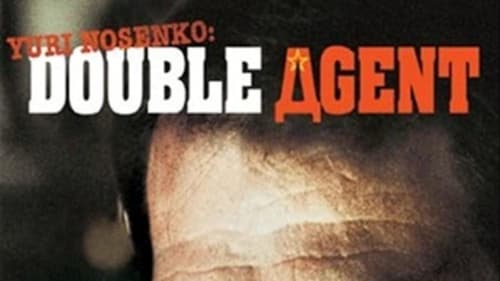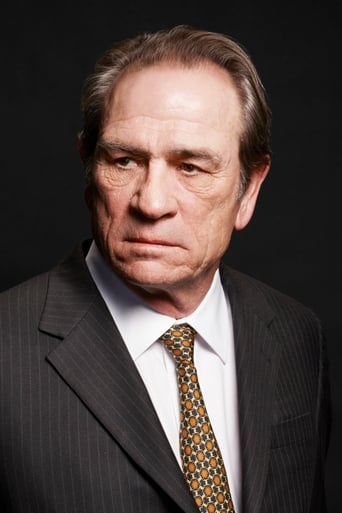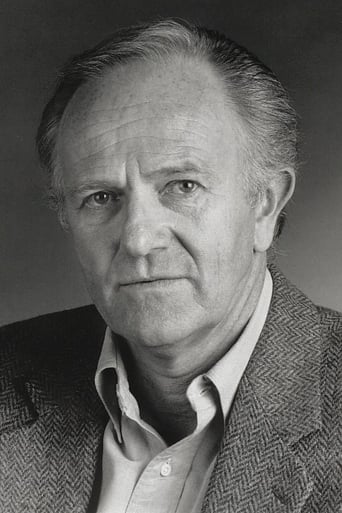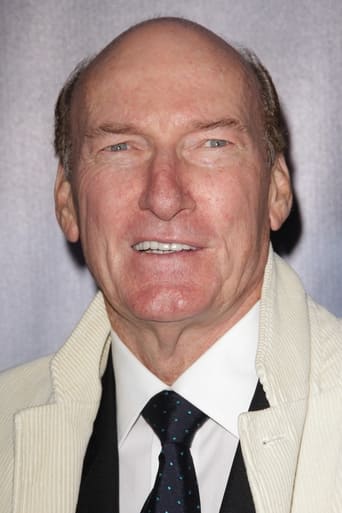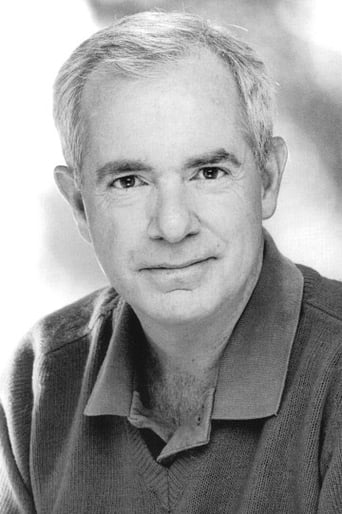lizziebeth-1
Everyone involved must be thanked for so authentically bringing this important true case to life – it just simply couldn't be more credible. I don't mind offering my opinion that Steve Daley must be Tommy Lee Jones' quintessential, "signature" role; it's just a shame that probably less than a thousand people will ever see it due to the subject matter. Yuri Nosenko, KGB (1986) "is the story of along and complex espionage case. In real life, these things have no neat conclusions, and no happy endings", begins TLJ's narration. You know much of it is still painfully real to the people whose names have been changed, most of all to the case officer whom TLJ portrays. This movie gives us a profoundly rare insight into how intelligence services work, and in the process it becomes one of the most accurate depictions of ass-covering in bureaucracies at the highest levels of power.The mood is sombre from the outset, as we pull back from the grainy television images of the fateful Dallas cavalcade taken by President Kennedy that November in 1963. This espionage case became completely embroiled with the assassination, and even the House Select Committee on the Assassination became involved in 1977. In 1979 it passed a ruling, now a matter of public record, that completely vindicates both this movie, and the intelligence officer so honestly portrayed by TLJ, here nom de plumed as "Steve Daley".Moreover, that same 1979 ruling was itself vindicated by the dramatic revelations two years later, in 1981,that the cornerstone supporter of the opposing, then-official view, the informant codenamed "Fedora" was himself a fake informant. So like it or not, this version of events is still looking the most plausible. There is an entire movement of conspiracy theorists who will happily argue the case till the cows come home. But I just find it satisfying that there IS a knowable consensus, and that the ugly-hearted people portrayed in this movie are most likely portrayed quite accurately (hence the name changes).During the Cold War there was a constant stream of defectors from the East to the West. To stem the bleeding of information this engendered, the KGB initiated a program of "false defectors."Enter Yuri Nosenko, who was "fingered" as a false defector by an earlier defector named Anatoliy Golitsyn. Golitsyn also claimed (to the Head of Counterintelligence at CIA, James Angleton) that the CIA itself had been penetrated by someone having the codename "Sasha" (because CIA moles were necessary for the successful use of the false defector technique).Not one to underestimate the enemy, Angleton puts forth the proposition to others at the CIA that if Nosenko is, in fact, a false defector, it could portend grave danger to the agency from within, as following Golitsyn's logic, they may have already been penetrated by a high-level mole. So it fell to case officer "Steve Daley" (TLJ) to try to establish independently if Nosenko was a true defector or not, and to establish if any of their operations had been compromised.The FBI, meanwhile, had its own source to whom they were listening: "Fedora", due to the suspicion that the CIA had indeed been penetrated by a mole. Unfortunately, in 1965, Hoover's FBI was willing to be stupid about "Fedora". They were "covering their asses". Sixteen years later they had egg on their face instead."Daley" tried to confront them with his evidence of "Fedora"'s disinformation; unfortunately they just weren't in a listening mood for 16 years.Angleton was inclined to trust Golitsyn, because Golitsyn lead him to Philby in the UK service. So Angleton was now hunting the snark in his own service.Understanding what was at stake, "Daley" convinced himself that he wouldn't need to confront his mentor, Angleton, if only he could hammer the truth out of Nosenko, but he went too far. He simply fell victim to the authoritarian dynamic, the Stanford Prison Experiment dynamic, but should've stopped himself at the point of diminishing returns. He thought his defector was a "son-of-a-bitch" because Nosenko started reacting placidly to all the hostile interrogation. Any medico these days would tell you that it's a common response to habituated violence. "Daley" secretly jailed Nosenko for 4years, an unethical act in peacetime, though "Sasha" was, in fact, the real problem. When debriefing a defector-- of all people (defectors are psychologically shaky even under the very best circumstances)-- if you push too hard, you just get porridge; it should have been enough that "Daley" caught him out in inconsistencies. "Steve Daley" was a very cogent thinker (He'd have made a great computer programmer). He considered all the options. He kept trying to reassess Nosenko's true identity, and so he ran the gamut from high-ranking KGB officer to low-ranking prison inmate.There is a powerful scene where "Daley" muses with a tissue box, years later: "Nosenko lies about Oswald. Once you start to pull out one of the lies that he tells you, all the other lies come with it. And with all the lies, the whole KGB operation. You got Nosenko, his recruitments, you got a CIA with no Jim Angleton, no defences, and there's still "Fedora", and there's still "Sasha". Nobody wants to get a hold of all that." This is the Tissue Box Theory of CounterIntelligence. I like it very much, because the analogy holds even as far as the empty box itself representing the really big lies.So when push came to shove, "Daley"'s career was easy to sacrifice. The trouble is that "Nothing has been laid to rest. New defectors come and go. No-one has been told that the search for "Sasha" was ever concluded."Both the real Nosenko and Golitsyn are still alive, as is the real "Steve Daley". The real Angleton died in 1987, thirteen years after he was drummed out of the CIA. There WAS fallout, but the Jabbermole still snuckles in his glee- unless the big CIA mole really was Angleton.

